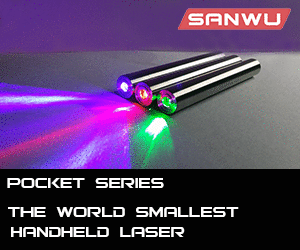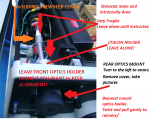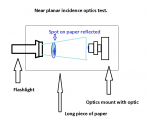I just got what I think was the deal of the century on a Spectra Physics 2020-5 Argon/Krypton laser. This thing has a huge 50" long head that weighs over 200lbs and the power supply for it is 18wx26lx19h and it weighs within 10lbs of the head. I got it off of ebay here: SPECTRA PHYSICS 2020-05 ARGON ION 15W LASER WITH POWER SUPPLY | eBay
I made an offer of 175.00 and they accepted. It is dusty on the outside but with the cover off it looks new. I dont think it has many hours on it either, there is a QC sticker on the top at the front and I am pretty sure it is from the original purchase. The laser was made in 1990. This is my first step up from diode lasers, wow, what a step up. Now I am looking at a 3phase rotary setup.
I made an offer of 175.00 and they accepted. It is dusty on the outside but with the cover off it looks new. I dont think it has many hours on it either, there is a QC sticker on the top at the front and I am pretty sure it is from the original purchase. The laser was made in 1990. This is my first step up from diode lasers, wow, what a step up. Now I am looking at a 3phase rotary setup.













